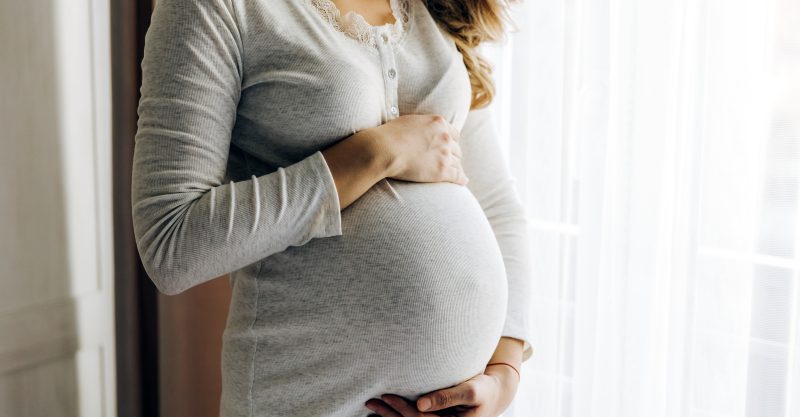(Childrens Health Defense) Pesticide exposure during pregnancy has implications for both mother and child’s health, as studies indicate prenatal and early-life exposure to environmental toxicants increases susceptibility to diseases, from learning and developmental disabilities to cancer.
Related Dr. Joseph Mercola: Americans Have No Clue What the True COVID Numbers Are
Source – Childrens Health Defense
by Staff Writer, September 16th, 2021
A study published in Chemosphere finds persistent organic pollutants (POPs), including organochlorine pesticides (OCPs), polychlorinated biphenyls (PCBs) and polybrominated diphenyl ethers (PBDEs), are present in the serum and placenta of pregnant mothers, as well as multiple fetal organs.
Many studies indicate prenatal and early-life exposure to environmental toxicants increases susceptibility to diseases, from learning and developmental disabilities to cancer.
However, this study is one of the first to demonstrate the presence of chemical toxicants in fetal tissue that are not present in maternal serum or placental samples.
Prenatal development is one of the most vulnerable periods of exposure when the fetus is most susceptible to the harmful effects of chemical contaminants.
Therefore, studies like these help government and health officials better identify fetal exposure contaminants and subsequent health concerns otherwise missed by current chemical monitoring methods.
The researchers note:
“These findings call for further evaluation of the current matrices used to estimate fetal exposure and establish a possible correction factor for a more accurate assessment of exposure in utero. We disclose the full data set on individual exposure concentrations to assist in building in silico models for prediction of human fetal exposure to chemicals.”
Several studies associate early-life exposure to toxic chemicals with adverse birth/health effects. However, fetal exposure measurements typically use maternal and placenta chemical concentrations rather than actual fetal exposure.
Researchers used tandem mass spectrometry to measure chemical concentrations from maternal blood and placenta samples, as well as the liver, heart, lungs, brain and fatty (adipose) tissues of fetuses.
Using gas chromatography, the researchers tested for concentrations of nine different OCPs, ten different PCBs, and three different PBDEs. The cohort included women from 20 pregnancies who gave birth to a stillborn infant.
Furthermore, scientists incorporated data from fetal exposure to perfluoroalkyl substances (PFASs) in the same cohort.
All 22 POPs are detectable in fetal fatty tissue samples regardless of chemical detection in the mother. Chemical concentrations are highest among later gestations (pregnancy), male infants, and pregnancies with standard placental function.
Stillness in the Storm Editor: Why did we post this?
The news is important to all people because it is where we come to know new things about the world, which leads to the development of more life goals that lead to life wisdom. The news also serves as a social connection tool, as we tend to relate to those who know about and believe the things we do. With the power of an open truth-seeking mind in hand, the individual can grow wise and the collective can prosper.
– Justin
Not sure how to make sense of this? Want to learn how to discern like a pro? Read this essential guide to discernment, analysis of claims, and understanding the truth in a world of deception: 4 Key Steps of Discernment – Advanced Truth-Seeking Tools.
Stillness in the Storm Editor’s note: Did you find a spelling error or grammatical mistake? Send an email to [email protected], with the error and suggested correction, along with the headline and url. Do you think this article needs an update? Or do you just have some feedback? Send us an email at [email protected]. Thank you for reading.
Source:
https://childrenshealthdefense.org/defender/toxic-chemicals-fetal-organs-moms-pesticides-pregnancy/
Support our work! (Avoid Big Tech PayPal and Patreon)DIRECT DONATION


Leave a Reply